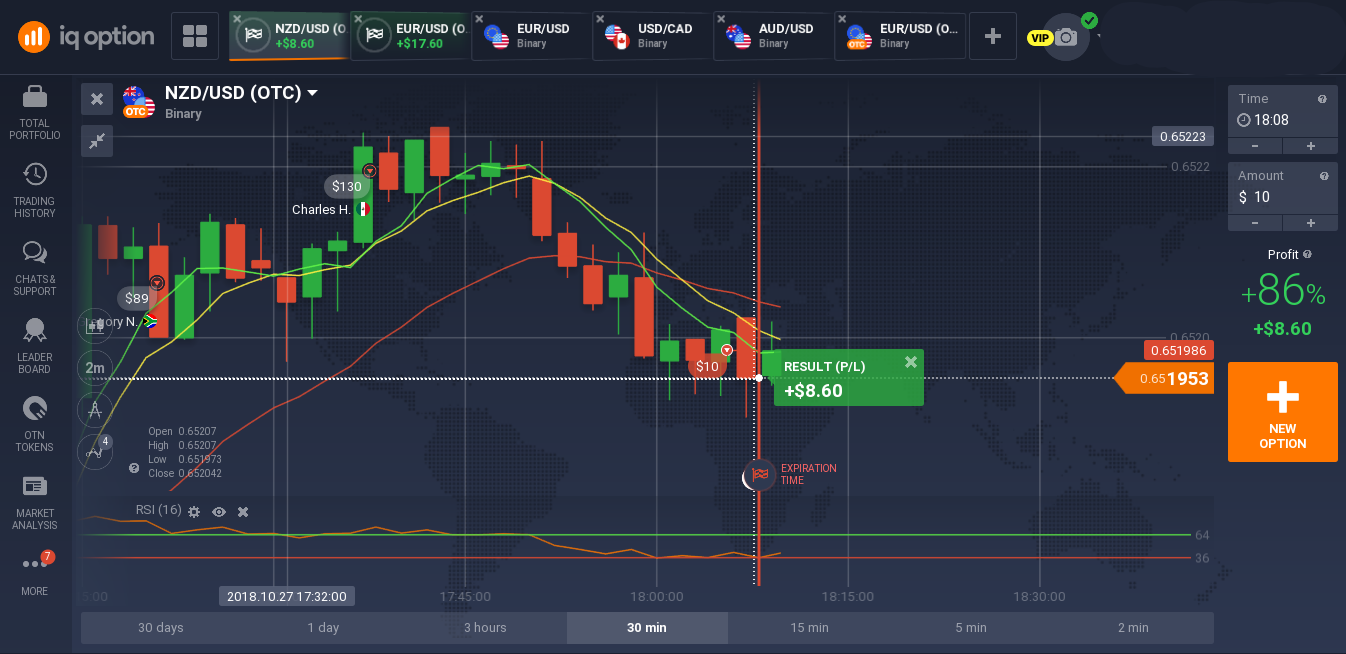The world of finance offers a plethora of opportunities for those seeking to navigate the complexities of the market. Among these, options trading stands out as a unique and potentially lucrative realm that empowers investors with the ability to mitigate risks and amplify rewards. In today’s fast-paced market, understanding the nuances of option trading is key to unlocking its full potential, and this article aims to unravel the intricacies of this fascinating instrument.

Image: www.youtube.com
Options contracts, in essence, are agreements that grant the buyer the right, not the obligation, to buy (call) or sell (put) an underlying asset at a predetermined price (strike price) on or before a specified date (expiration date). This flexibility provides traders with a wide range of strategies tailored to their risk appetite and market outlook.
Deciphering Option Premiums: The Cost of Right or Left
The intrinsic value of an option contract represents the potential profit if exercised immediately. For call options, it’s the difference between the current underlying asset price and the strike price, while for put options, it’s conversely the difference between the strike price and the underlying asset price. However, options prices incorporate not only intrinsic value but also an extrinsic value, which stems from factors such as time and volatility. This combined value is reflected in the option premium, which is the price paid to acquire the right to buy or sell the underlying asset. The higher the likelihood of the option being profitable, the higher the premium.
Navigating the Option Greeks: Metrics of Market Sensitivity
To navigate the intricate landscape of option trading, traders rely on a set of metrics known as Greeks. These Greeks quantify the relationship between option prices and various market factors, such as underlying asset price, volatility, interest rates, and time to expiration. Understanding the implications of each Greek is crucial for informed decision-making. Among the most significant Greeks are delta, gamma, vega, and theta, each offering valuable insights into option behavior under different market conditions.
Common Option Strategies: Tailoring to Risk and Returns
The versatility of options contracts manifests in the diverse range of strategies they enable. From basic strategies like covered calls and protective puts to complex multi-leg strategies, traders have a wide array of options to craft their desired risk-return profiles. Understanding the intricacies of these strategies, including their profit potential, risk parameters, and hedging capabilities, is essential for successful option trading.

Image: diohysba.blogspot.com
Market Trends and Technical Analysis in Option Trading
Keeping abreast of market trends and employing technical analysis techniques are invaluable assets in the world of options trading. Market conditions, such as economic indicators, industry news, and geopolitical events, can significantly impact option prices. By monitoring market trends and utilizing technical analysis tools like charts, patterns, and indicators, traders can gain insights into potential market movements and make informed trading decisions.
Today’S Option Trading

Image: capitalflow.info
Conclusion: Unlocking the Power of Option Trading
In the realm of finance, option trading emerges as a powerful tool that offers traders the opportunity to enhance returns, mitigate risks, and creatively express their market outlook. Understanding the fundamental concepts, embracing the versatility of option strategies, and staying attuned to market trends are key elements in harnessing the full potential of options trading. While this article provides a foundational understanding, further exploration of specific option strategies, risk management techniques, and market analysis methods is essential for traders seeking to thrive in this dynamic and rewarding field.






